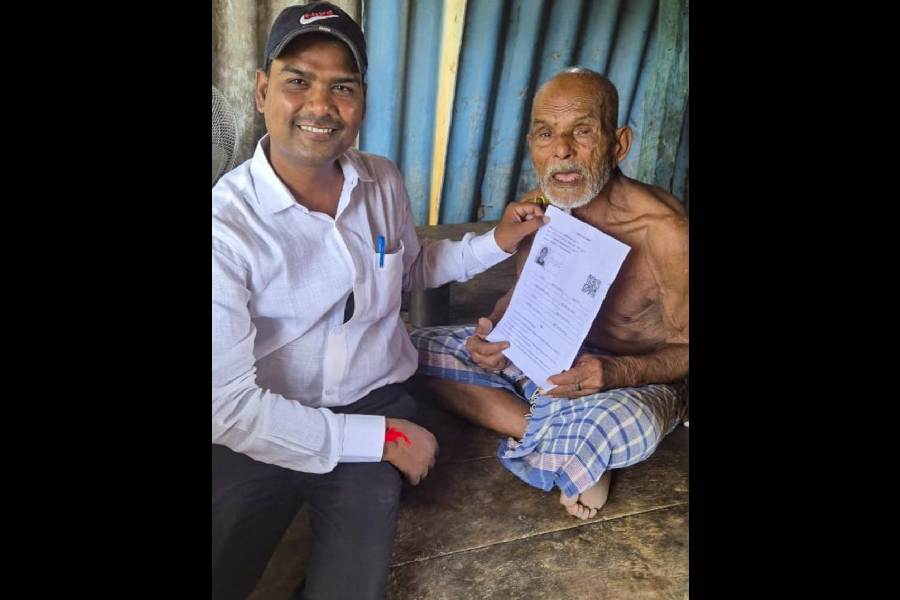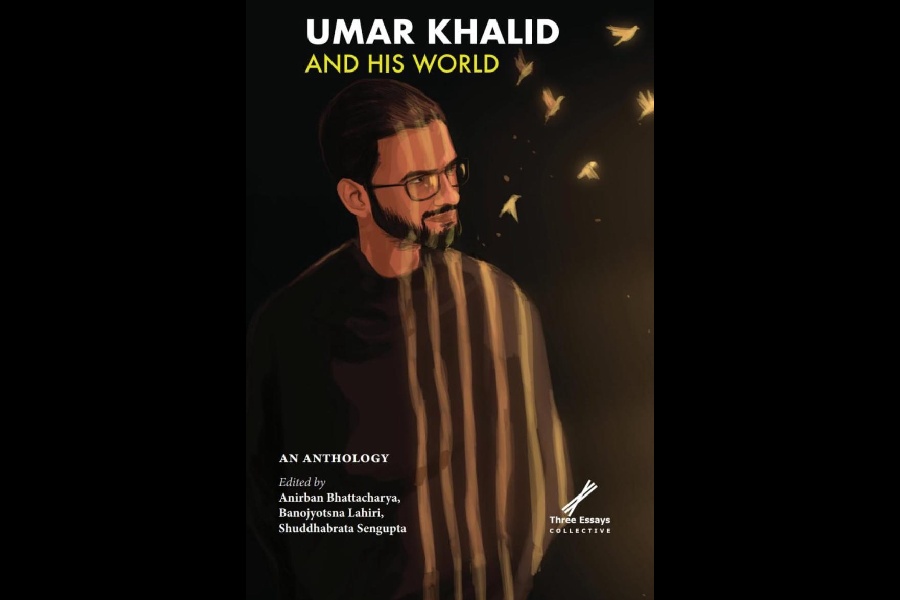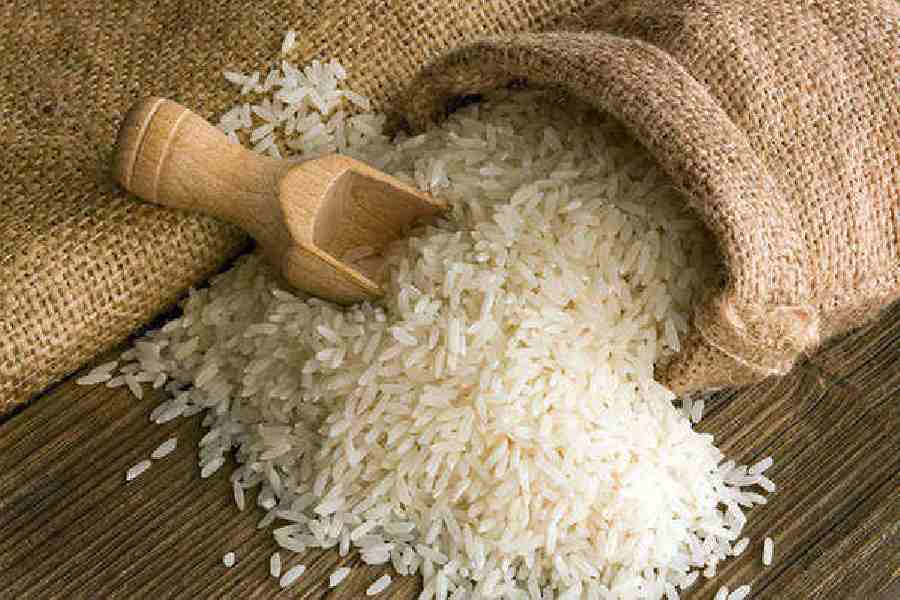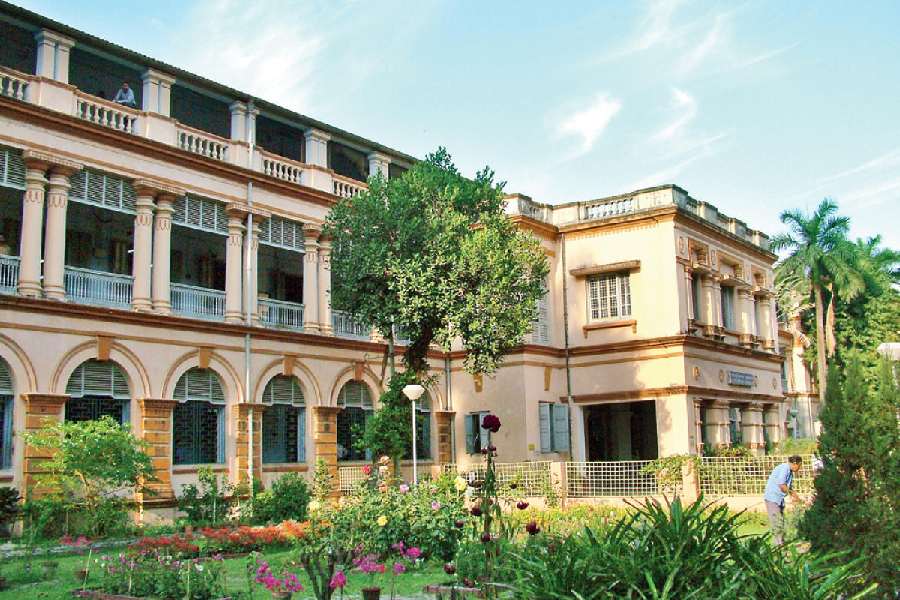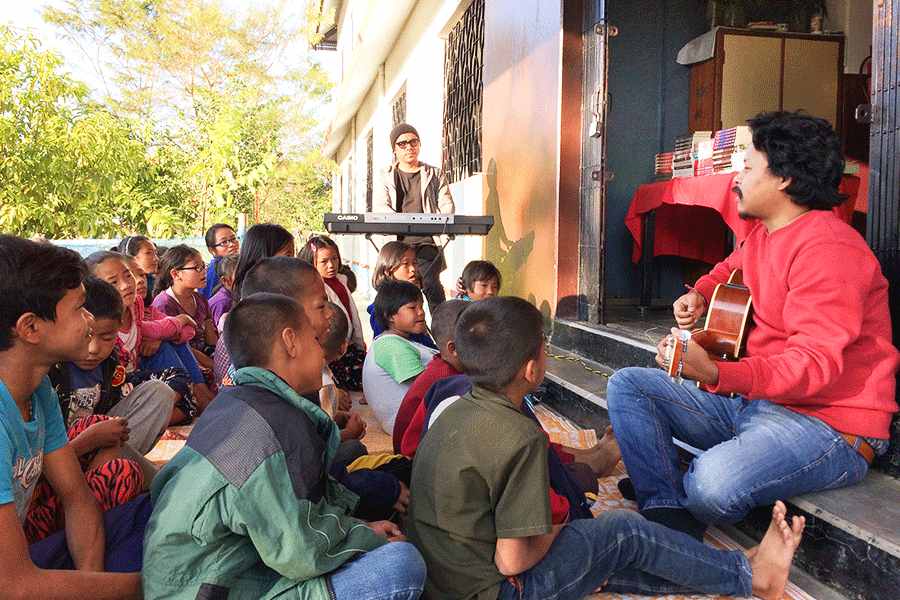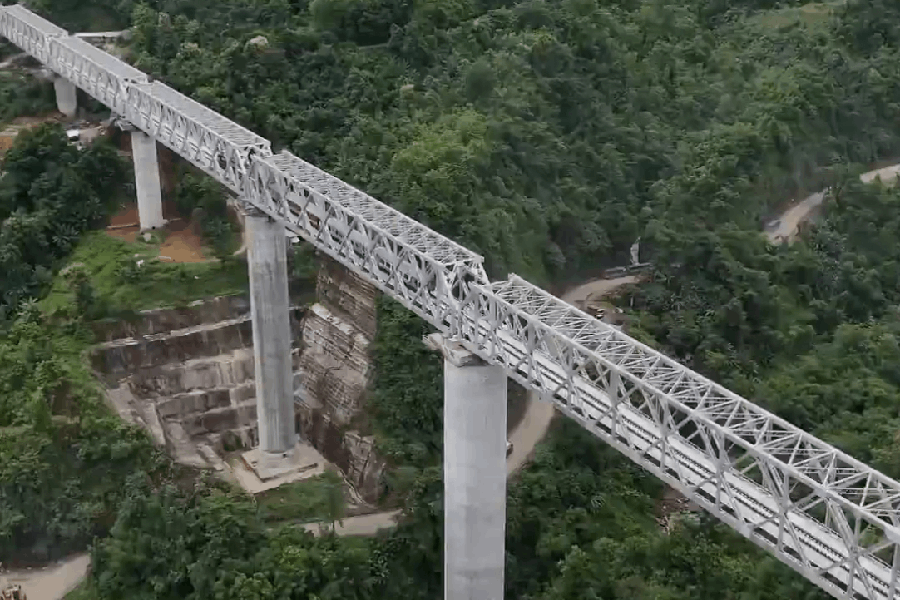 |
Have you ever thought the Coorg community, known for its beautiful women and brave men, as exotic? Well, the land beneath their feet is definitely exotic, scientists say.
An international team of geologists led by an Indian scientist has shown that a tiny landmass, which constitutes a significant portion of the present-day Coorg district in southwestern Karnataka, was actually a floating “microcontinent” which got amalgamated at its present location some 1.2 billion years ago.
The study led by M. Santosh, an Indian geologist working with the China University of Geosciences in Beijing, came to this conclusion because the region had no signs of a major geological event that occurred around 2.5 billion years ago.
Geologists say that some 2.5 billion years ago there was a major overturning of the mantle (the layer between the crust and the outer core of the Earth) because of which magma (molten rock below the surface of the Earth) flowed through many regions, including southern India. While signatures left behind by this geothermal event could be picked up from different regions surrounding the Coorg block, they were conspicuously absent in rock samples the scientists collected from the Coorg block. The work was published in the latest issue of the journal Gondawana Research.
“This clearly indicates that this region, which is about 1,000 square kilometres in size, was not at the present location when the geological event occurred,” Santosh told KnowHow from Beijing. Apart from Santosh, who is a world authority on formation of supercontinents, geologists from the National Geophysical Research Institute in Hyderabad and the University of Kerala participated in the study. His foreign collaborators are from China and Japan.
At the same time, dating of certain radioisotopes present in the rock samples indicated that some of these rocks are as old as 3.8 billion years, prompting the scientists to believe that the microcontinent formed elsewhere, floated through time before getting hinged to the southern part of the Indian peninsula.
The block is currently sandwiched between Dharwar craton in the north and several younger crustal blocks to the south, which are collectively called the southern granulite province. Southern granulite province comprises crustal blocks of Nilgiri, Madurai, Trivandrum and many others. In geologist’s parlance, a crustal block is a very large area of rock assemblage that extends sometimes to hundreds of kilometres, but preserves a uniform geological identity. Dharwar craton is one of the oldest continental fragments on the earth, formed more than 2.5 billion years ago.
“Till two to three decades ago geologists believed that southern peninsular India was a continental block,” says M. Jayananda, professor of geology at the University of Delhi, who has extensively studied the region but is not connected with the current study.
However, this view was subsequently challenged and it is now known that southern peninsular India is an amalgamation of several crustal blocks, which came together over a timeframe that spans billions of years, Jayananda says.
These crustal blocks were surrounded by ocean. The ocean gave way as the crustal bodies moved closer to form a bigger landmass. “In the geological past, there was an ocean where the present day Cauvery River is,” Santosh says. The floor of this ocean was believed to have disappeared when the Coorg block drew closer to the Dharwar craton.
The Earth is a little over 4.5 billion years old and its earliest times were geologically violent. But through time, the earth cooled down and its surface solidified to a crust — the first solid rocks. These solid rock blocks were more like tiny islands in a huge global ocean.
Jayananda says that while continental blocks are relatively stable, the crust under the oceanic regions undergo a churning process every 65 million years. During this geological process, materials present on the oceanic crust go back to the mantle and get recycled. They subsequently emerge as magma, which solidifies when it comes in contact with water to become island arcs. Collision of such island arcs gives rise to microcontinents.
In the current study, the scientists show that the rocks that they have studied in the Coorg block are predominantly of magmatic origin. “Moreover, the rocks in this exotic block were formed around 3.1 billion years ago in an oceanic crust setting, and has thus confirmed our hypothesis that the block is indeed a microcontinent,” says Santosh.
“We are excited about the study, but more studies are needed to understand amalgamation of other crustal blocks in southern India,” says Santosh.





